Those of you who have been here for a while will remember my aversion to all things Samsung software. This is back from the Galaxy S6 days though and in the five years since that phone was released Samsung have fine tuned and tweaked their software, and not just the user interface, a lot.
For me I still prefer a much more stock-flavoured Pixel experience or Oxygen OS but can certainly see the attraction that many do to the various skins available now. In 2020 an Android skin should look elegant and stylish — no more stock themes that are cartoonish — and not affect the speed of the phone much if at all.
The Samsung Galaxy S20 Ultra is an expensive phone and that software experience you get from the device can make or break your overall buying experience. Love the software and I dare say you’ll love the phone, and vice versa of course. So how is the Samsung software, One UI 2.1, on the Galaxy S20 Ultra?
The UX experience itself
A good user experience (UX) is one that is seamless and is appealing to the user. The overall package that Samsung bring to the device defines its UX, and boy do Samsung bring a lot to the table.
First let’s look at the OS software. Samsung have come a long way since their original user interface. The interface is now more subtle, more elegant and not a blight on the eyes anymore.
The settings app is well grouped with easy to find sub menus. Within each sub-menu are yet more sub menus — to say Samsung include everything but the kitchen sink is an understatement. There is basically everything they have ever put into an operating system.
The international version we received was dual SIM but not dual 5G SIM. Whichever slot you decide to use as your 5G becomes the default data SIM. You can of course choose to use 4G only in which case you can decide for yourself which SIM to use as your data SIM.
Sounds and notifications was quite good actually. I liked the interface Samsung used when adjusting it with very easy access to the volume controls for all sounds and notifications along with a toggle to automatically caption the media.
The display settings are actually a little bit with the display resolution not directly next to or within the same sub-menu as the refresh rate. They aren’t that difficult to find but to me it would make more sense to have one next to the other. Samsung have also included their edge panels which I actually like to use as you can add some of your most needed apps into there to save you having to navigate home or to the recents menu and scrolling through that to get to them.
As for navigating, for some reason Samsung have NOT included Google’s default gesture navigation and it is a big miss by Samsung. Having forced myself to use it on my Pixel 4 XL I have grown used to it and can see why Google think it is better than using different locations along the bottom of the phone for gesture navigation that Samsung have implemented. Unfortunately Samsung did not see it themselves — I thought Google were making it compulsory to be included in an OS….
The keyboard
Many manufacturers these days just use Google’s Gboard as their keyboard and don’t bother wasting time developing their own. Of course those same manufacturers also don’t make their own calendar apps, contacts apps or browser. Unfortunately Samsung do. I say unfortunately because the Samsung keyboard is not the fastest and is a long way from the most accurate keyboard around. There is a reason why most use Gboard. It is fast, accurate and full of cool features — oh and it’s free.
It has text swiping which is fairly average and the tap and peck style is also inaccurate. Why Samsung continue to waste time on apps such as these boggles my mind — none of them are anywhere near as good as the corresponding Google app. Samsung should just make the switch. Gboard, Chrome, Google Contacts and Calendar — all default. Surely that would save them time, effort and money on their software development teams.
Samsung’s extras
Edge Screen
Edge Screen has two parts to it. Edge Panels and Edge Lighting.
Edge panels have been around a while now and I quite like them. They allow you to have your most used apps, contacts, tasks etc at easy and quick access no matter where you are in the operating system.
Edge Lighting gives you the feature set to allow some funky notifications around the edge of the display for various app or all apps. You can choose your speed, effect, colour, transparency and width. I have seen it before on various other phones and once again spent a bit of time setting it up so I could use it.
Themes
I’m not sure about you but very very rarely have I found a theme on one of these app stores that is not some cartoony character that I’ve never heard of. This time though searching for a Pixel theme found a good half dozen or so, with a couple free. Bang — make it look how you want it to look. You can choose a whole theme of grab a wallpaper, an icon set or an always on display widget.
That is the advantage of using a Samsung phone. They are so big throughout the western world that there are enough nice themes for you to choose one that suits you. Prices range from free to a few bucks. I encourage you that if you like a theme and plan on using it for a while sling the developer/themer a buck or two (or whatever they are charging for it). In the end it’s still less than a beer.
Facial recognition
Samsung were one of the first Android manufacturers to include a decent facial recognition in their devices. The process though is still not as secure as using a fingerprint and thus to use Google Pay etc you still need to use your fingerprint to unlock the application.
The facial recognition is not any more secure than that included in other smartphones and yet the face unlocking was less consistent and slower than many others I have used. OPPO is still my number one face unlock device for speed and accuracy. Samsung was not even close. Half the time it failed and the other half of the time it took a while to unlock. Even a sub-$270 smartphone from realme has a faster face unlock method that is just as secure — although you may consider a face unlock that only unlocks half the time more secure?
Motions and gestures
I’ve always been a fan of motions and gestures to trigger shortcuts within an operating system. As such I love when manufacturers include these within their Android skin — they always work much better when incorporated into the System UI.
Samsung have included various actions such as these into their OneUI 2.1 and although they do not have the vast display off gestures etc that many other manufacturers the lift to wake and double tap to wake work well.
I would have loved for Samsung to include screen off gestures that other manufacturers include such as a gesture to launch camera or one to launch the flashlight etc. They seem to have included everything else in their operating system — maybe next time?
Bixby is still a thing?
The Bixby button has gone and will not be missed. Unfortunately Bixby is still a thing. It does not understand what you are saying and its possible actions once it does understand you are limited at best. Samsung need to give up on Bixby. It is just not going to happen — they were far too late to the party.
At least it is easy to make Google Assistant your digital assistant though so there is that. Where Bixby can be useful, and I actually used it, was what they call Bixby Routines. Bixby Routines is basically a built in IFTTT and it works well.
The list of things possible are limited to either opening a third party app of anything listed within the Samsung OneUI so it is not as powerful as IFTTT but is a basic introduction to such a feature that is easy to use and likely to be used by non-power users.
Conclusion
Samsung’s OneUI 2.1 is a big improvement over where they were with their operating system even just a year ago and while there are quite a few nowhere near as good there are also some user interfaces from manufacturers that are much better — most notably OnePlus and Google.
The operating system these days is entirely usable and does not detract from the high end hardware that Samsung have used. In fact I can say that it adds to the hardware in a positive way — something that is difficult to come across these days. No more should the Samsung system software stop you from buying one of their smartphones.

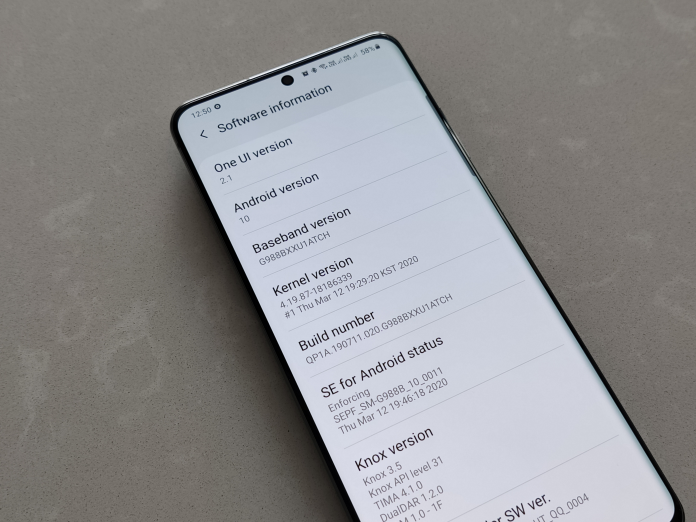
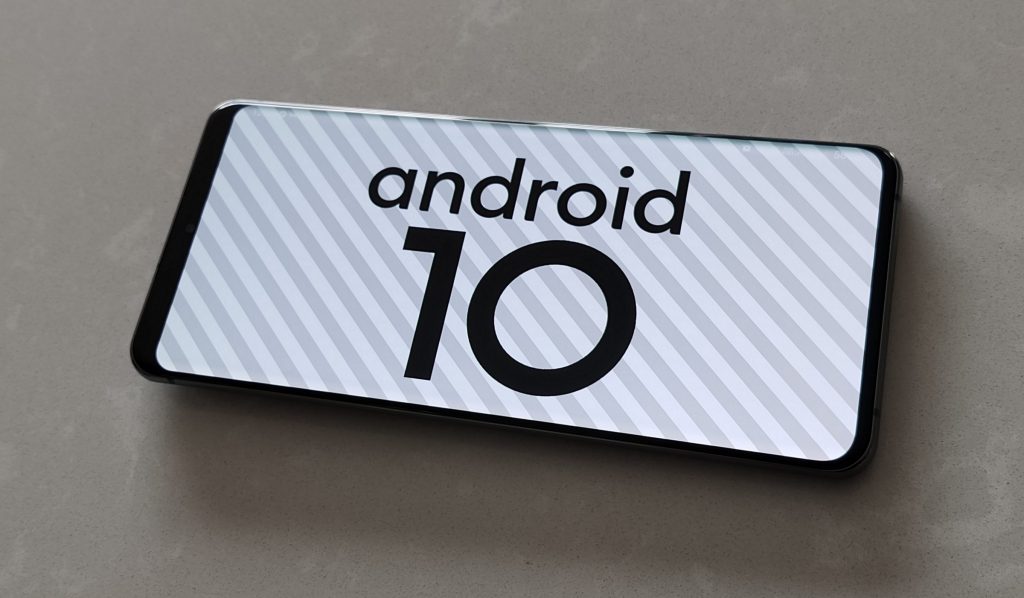
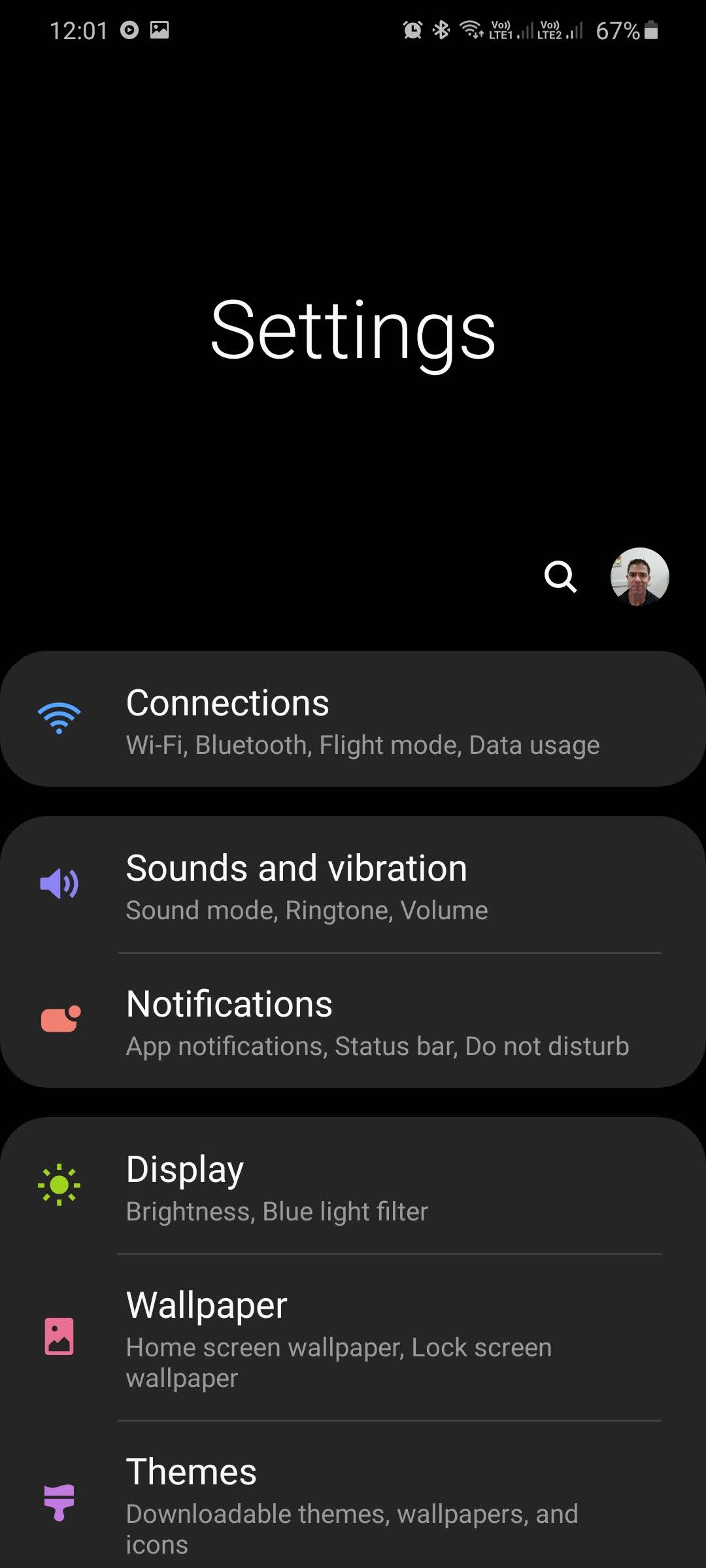

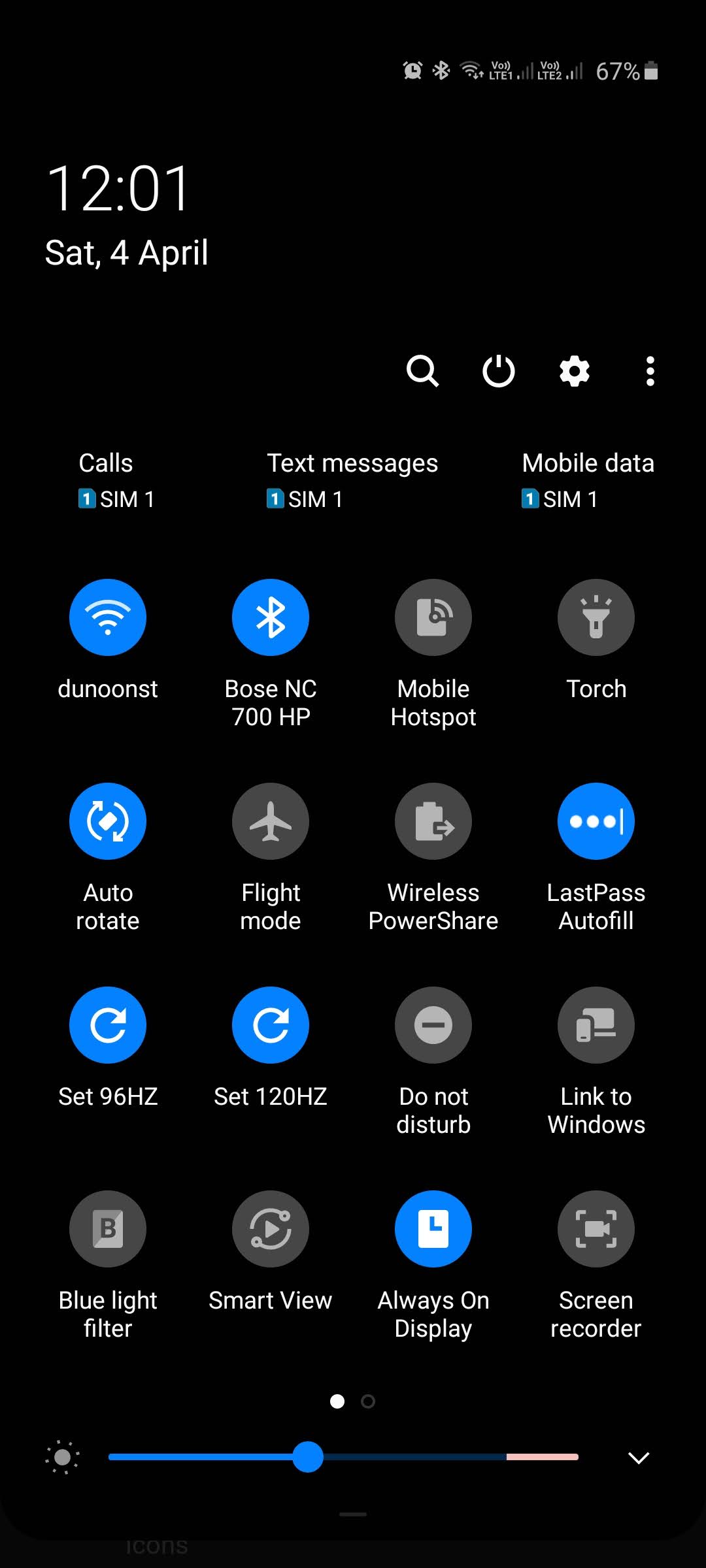
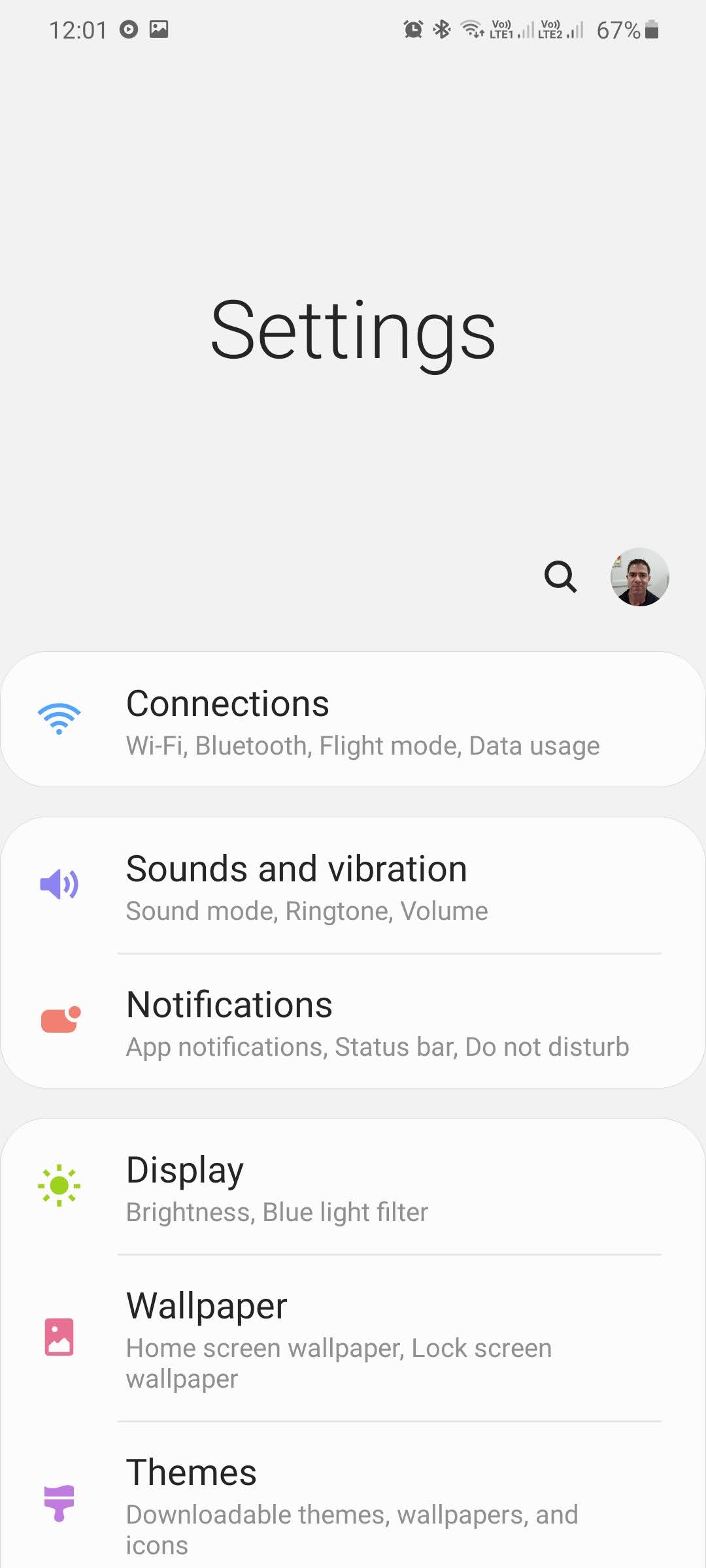

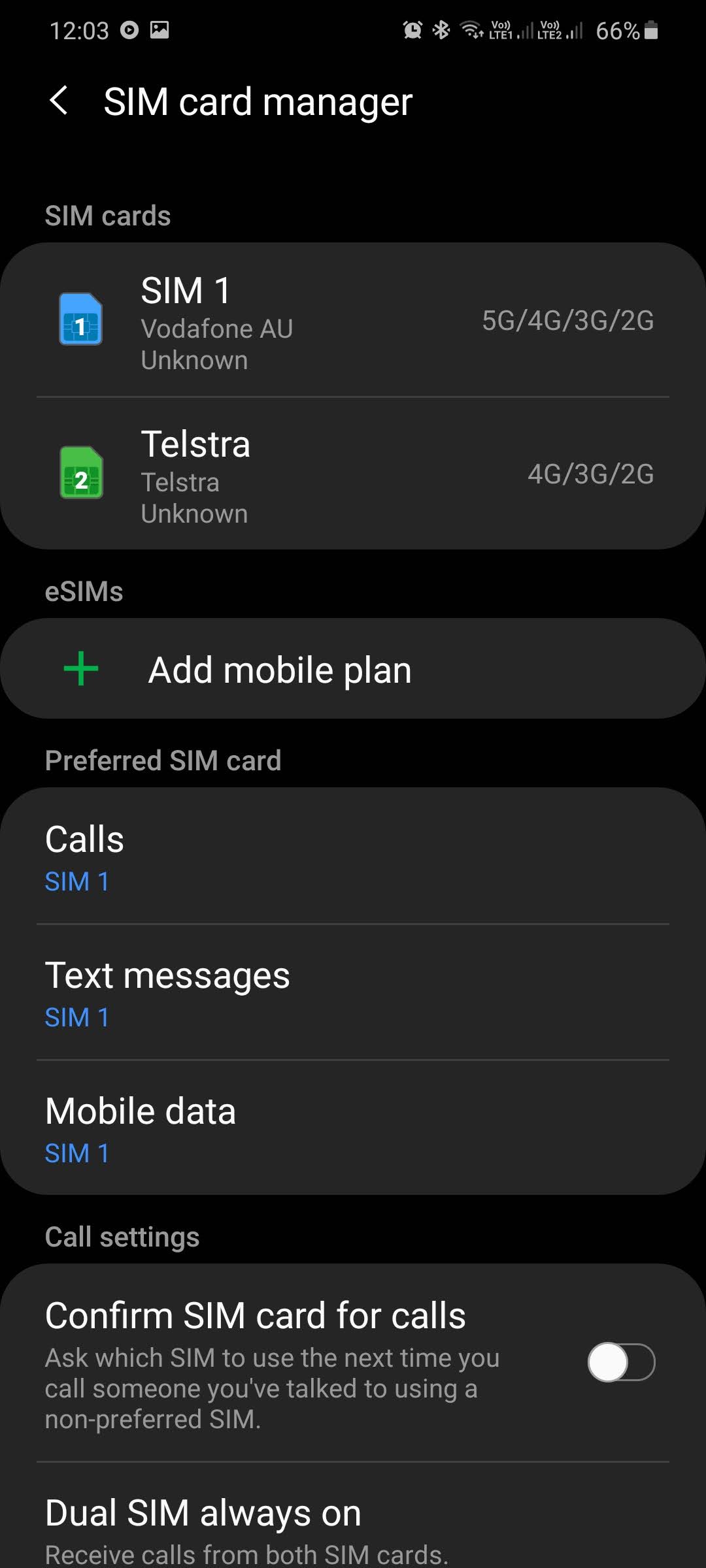

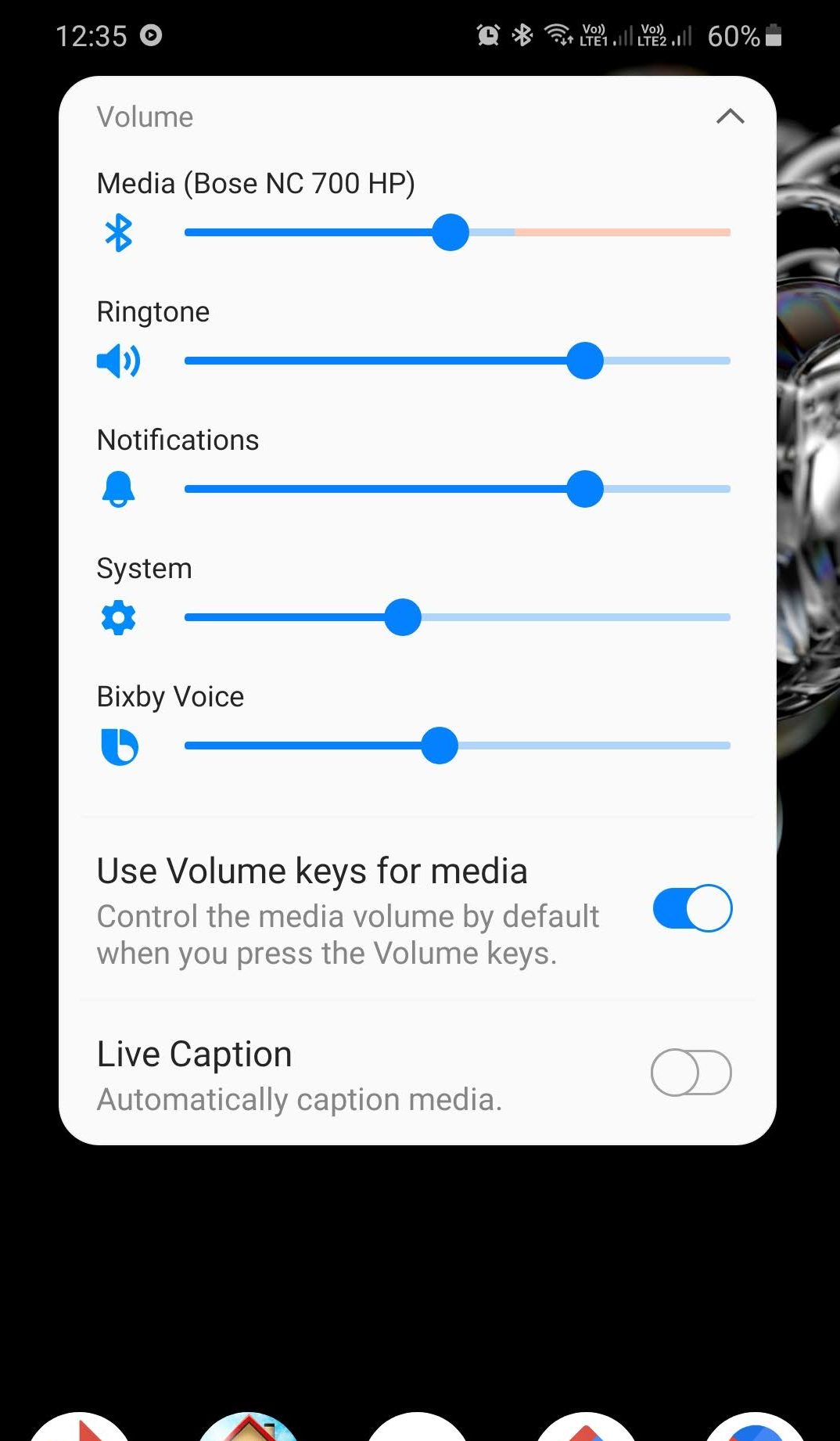

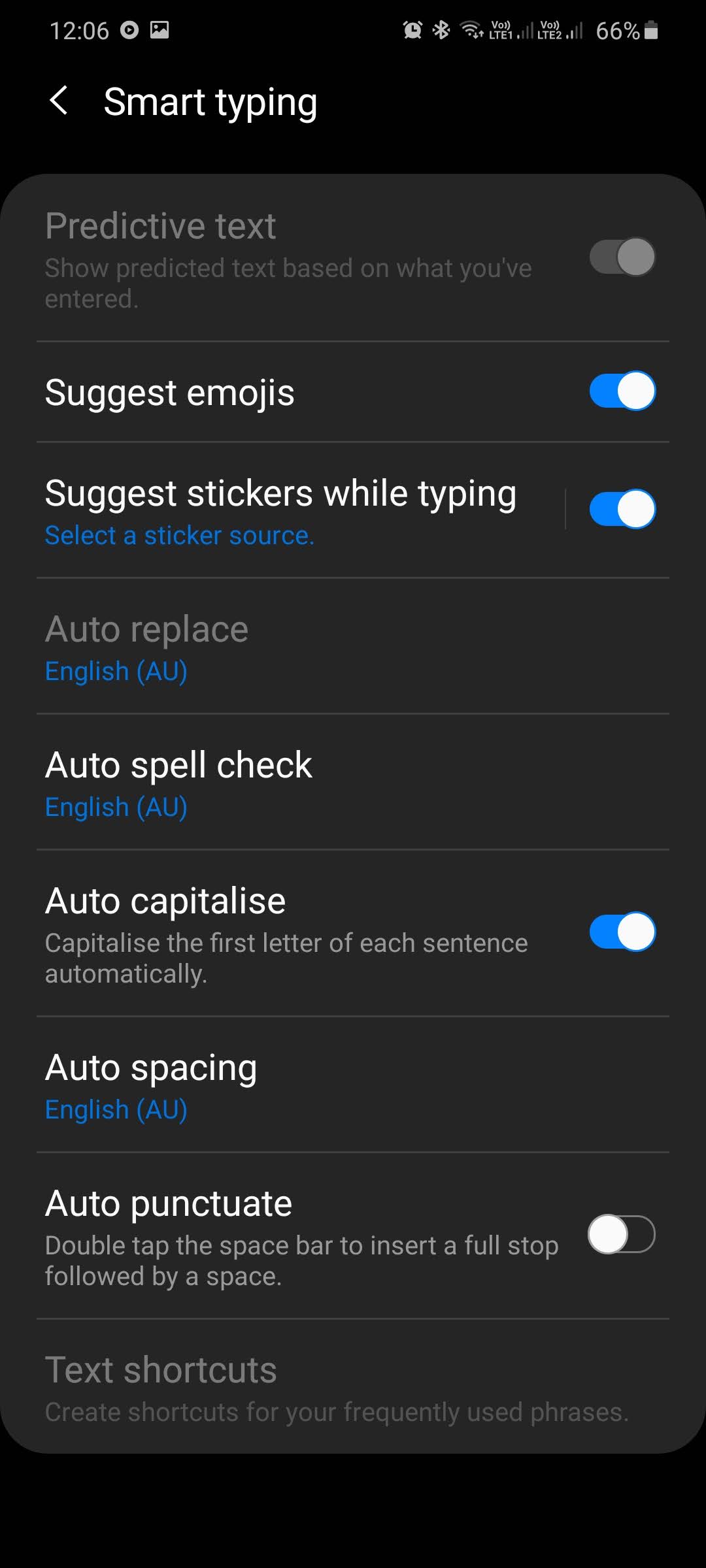
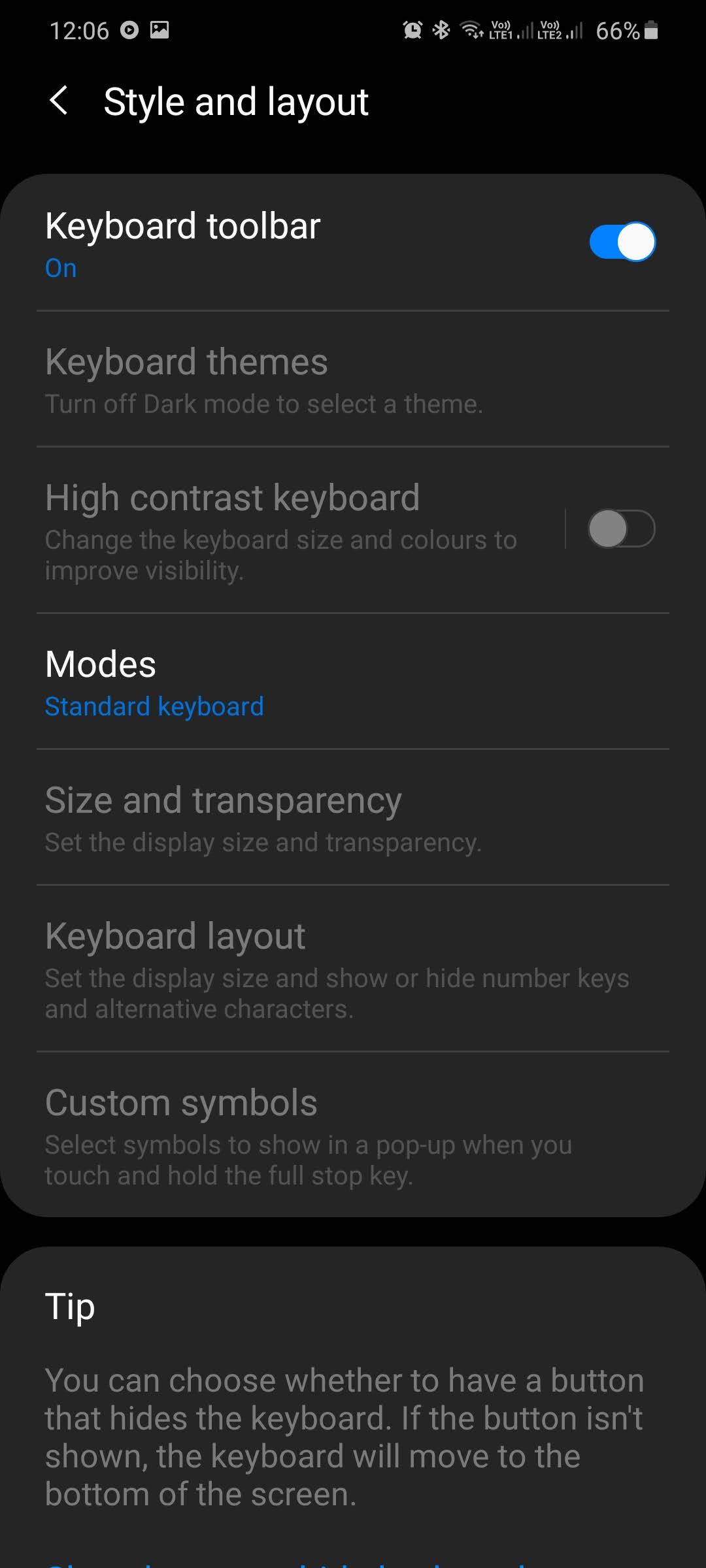
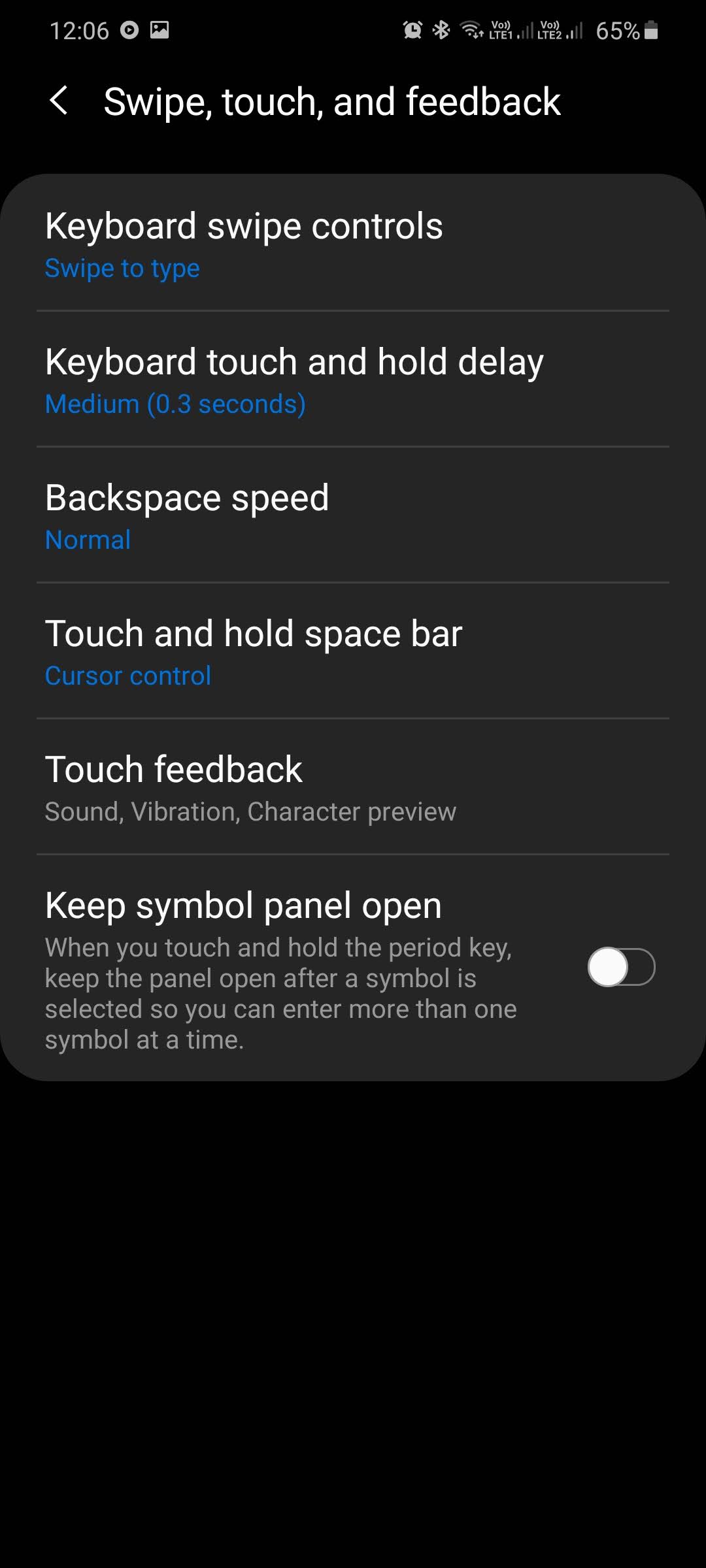
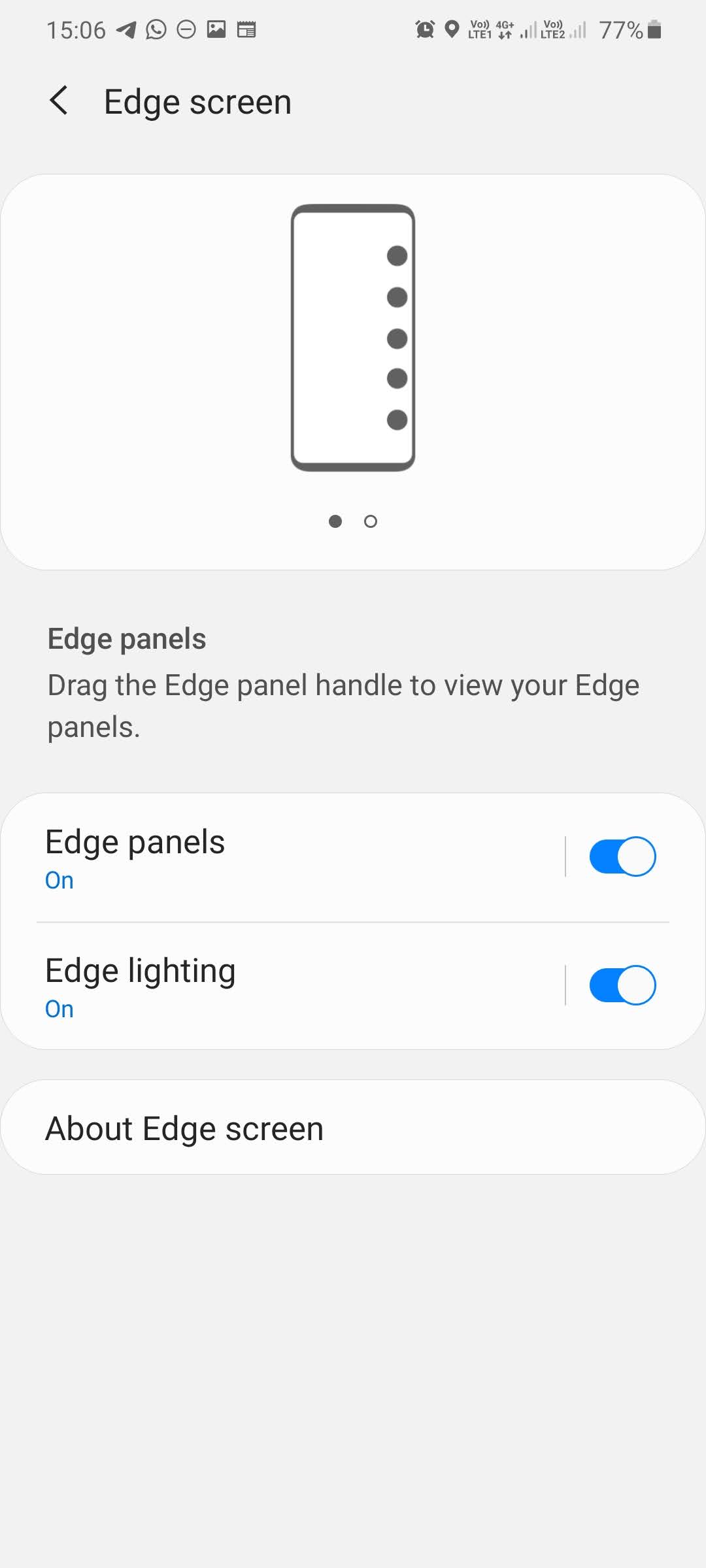

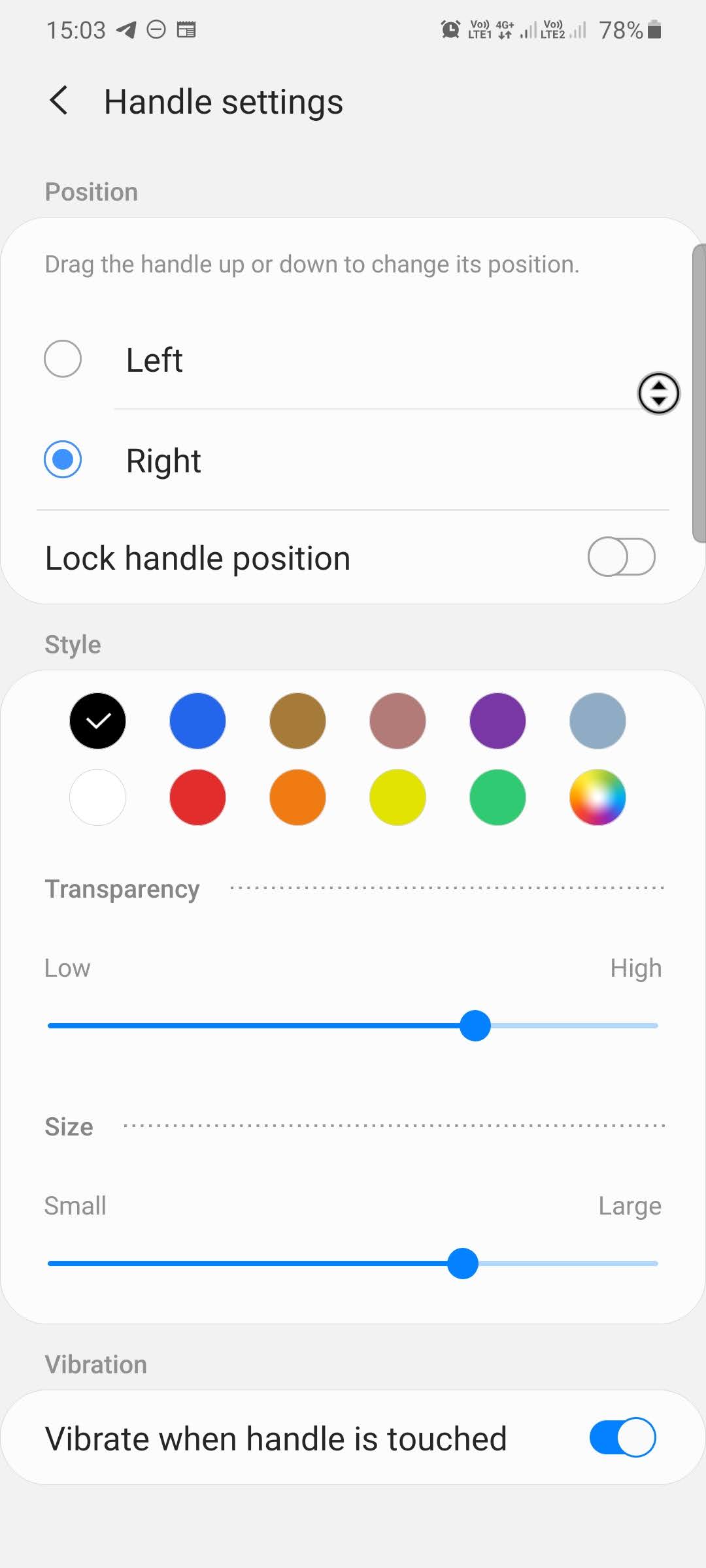
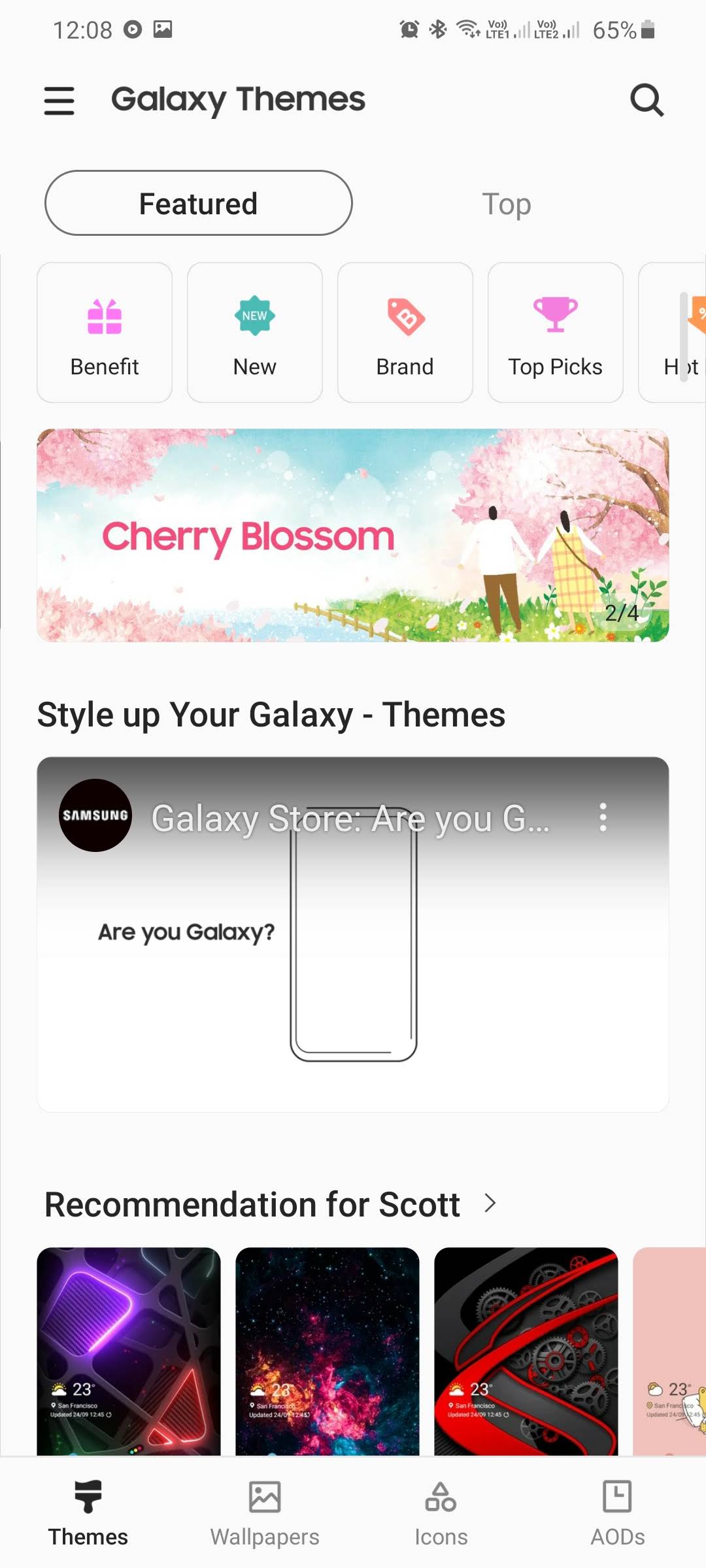

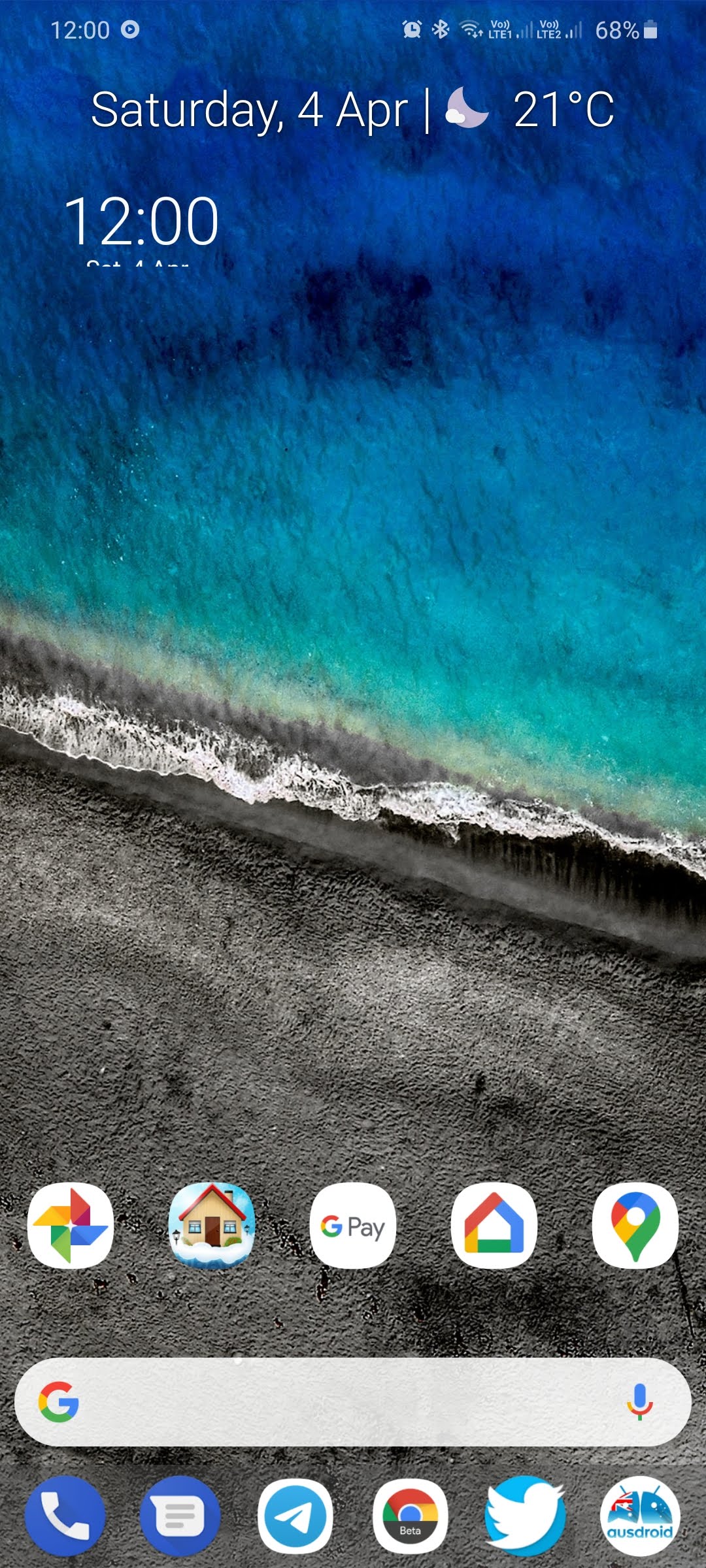



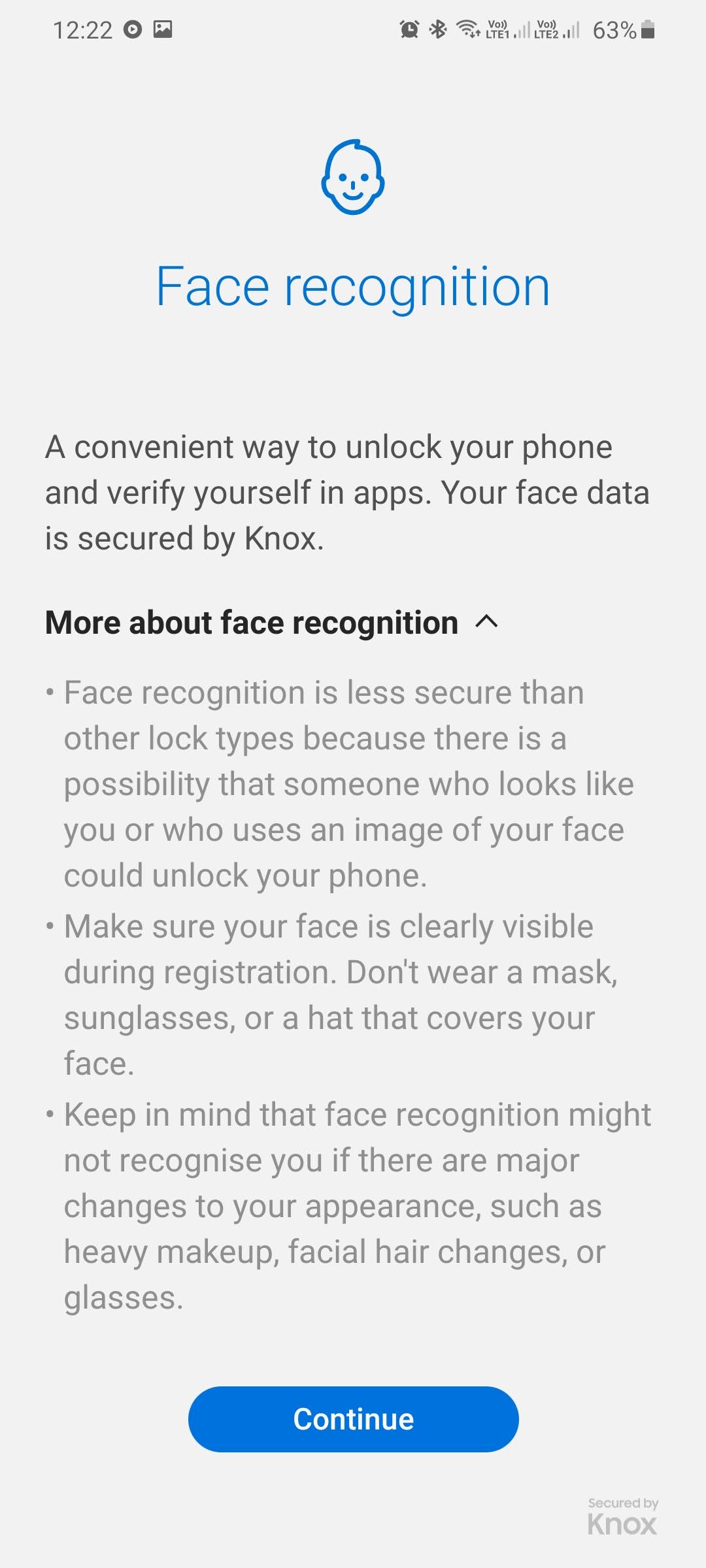





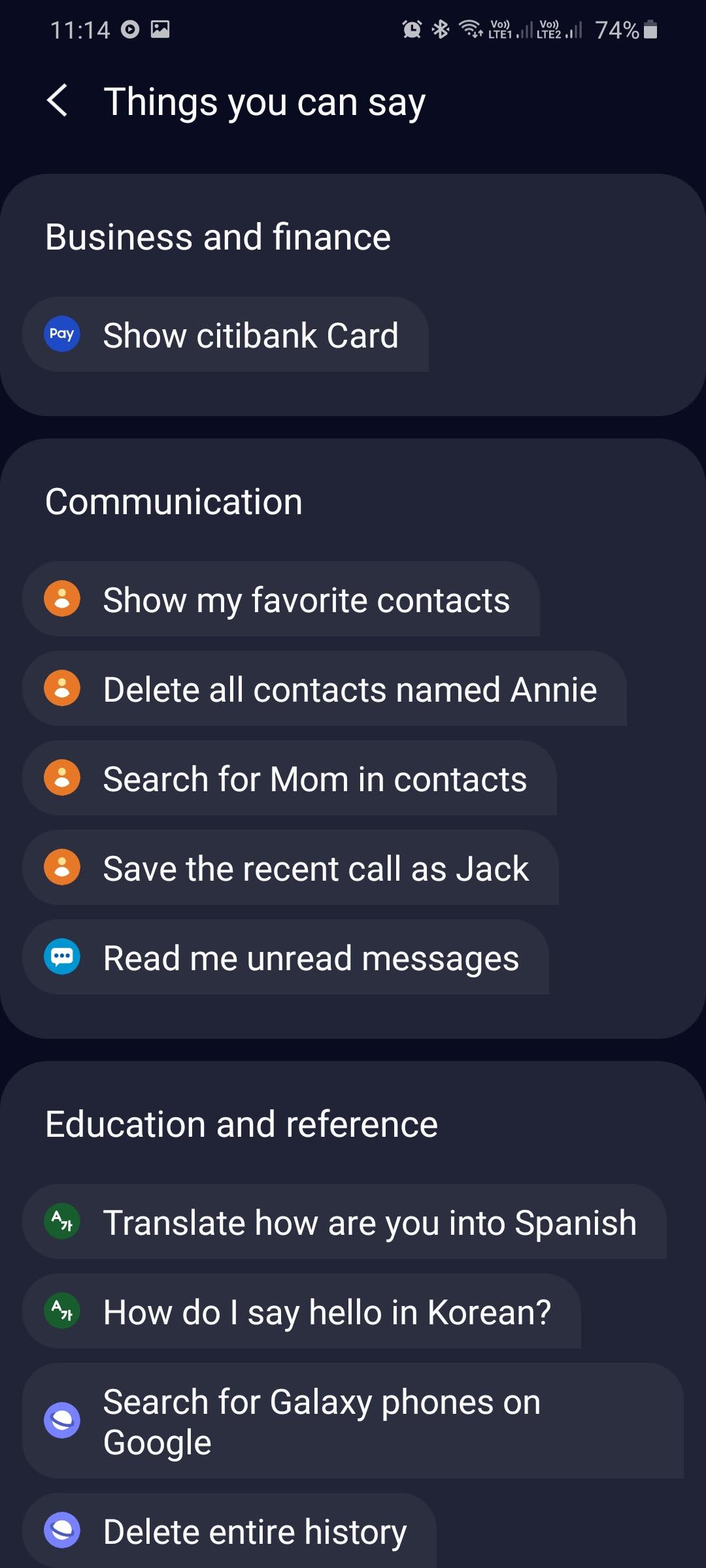
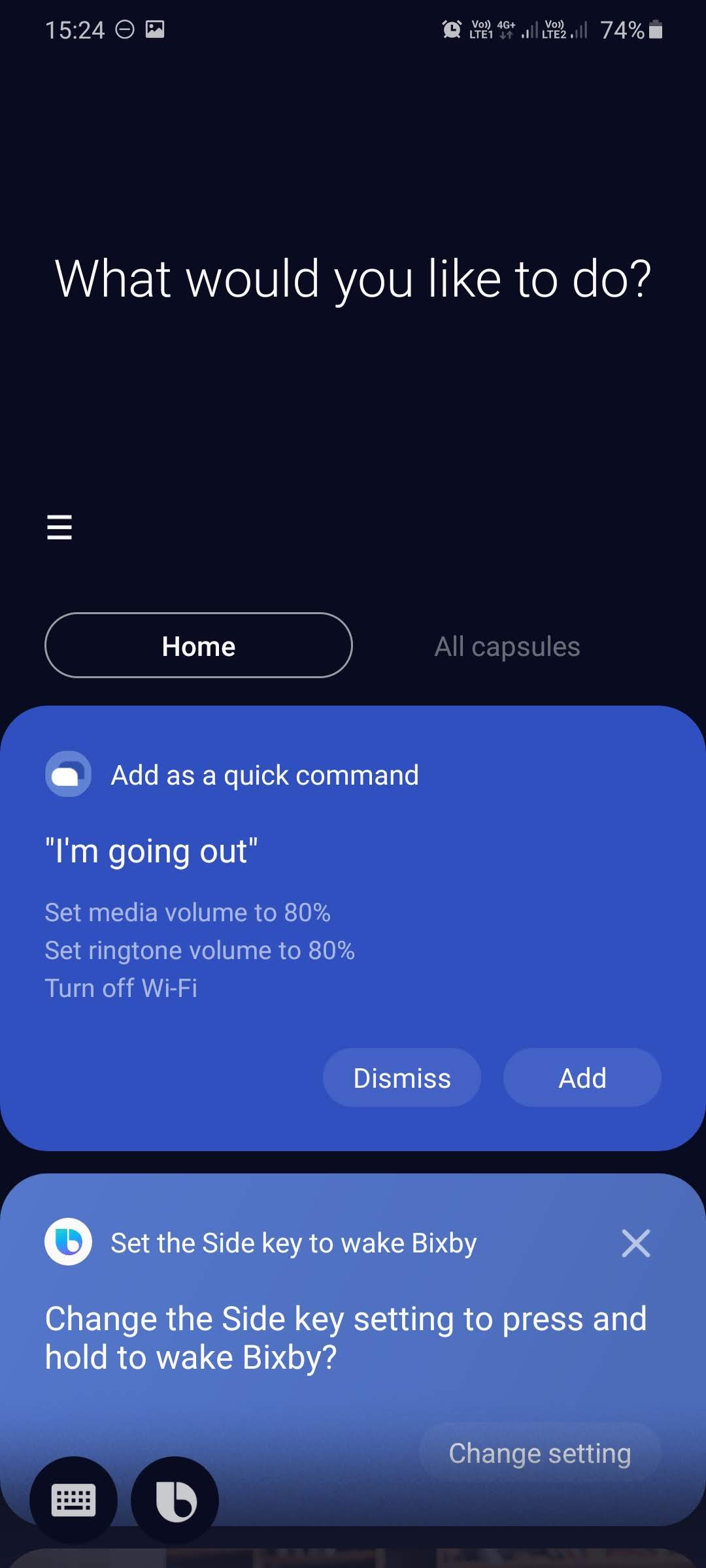

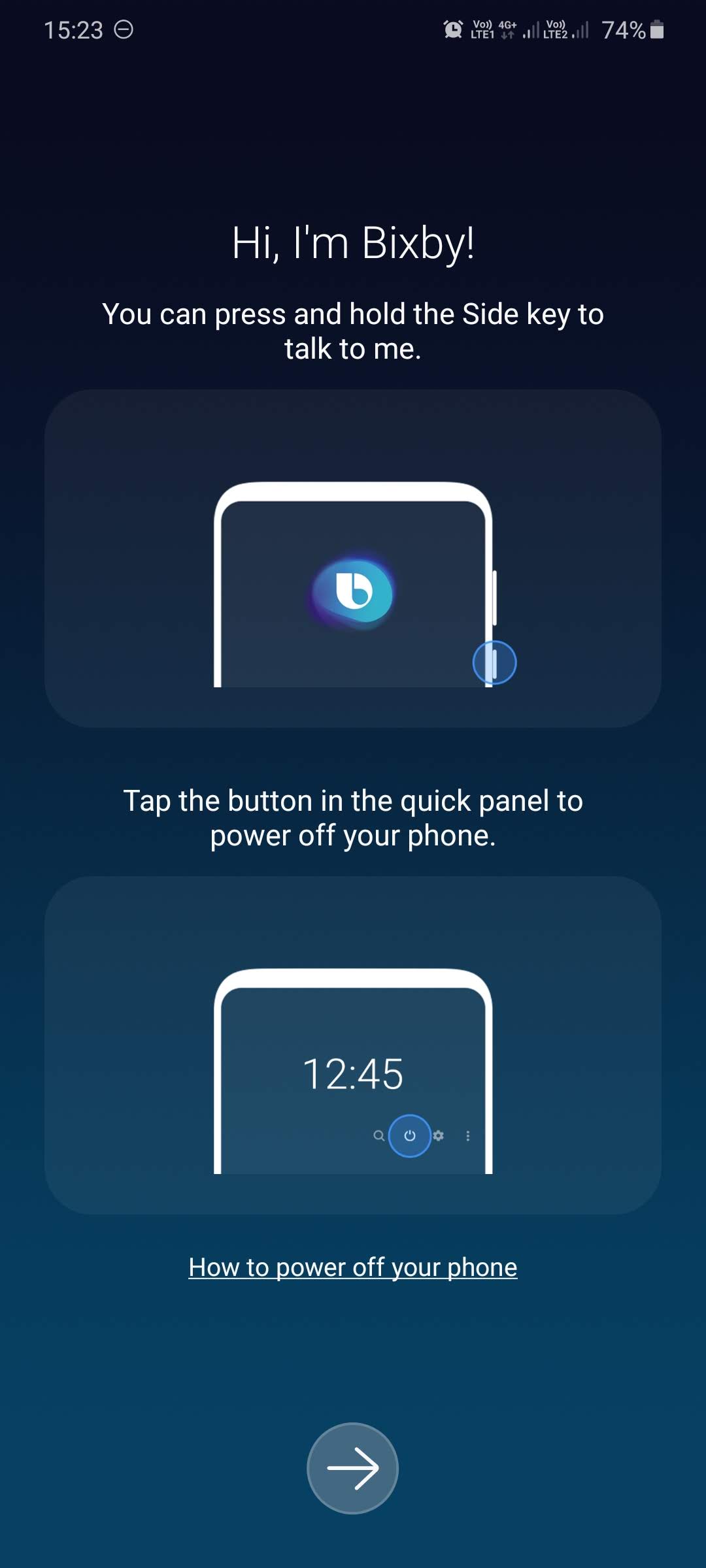
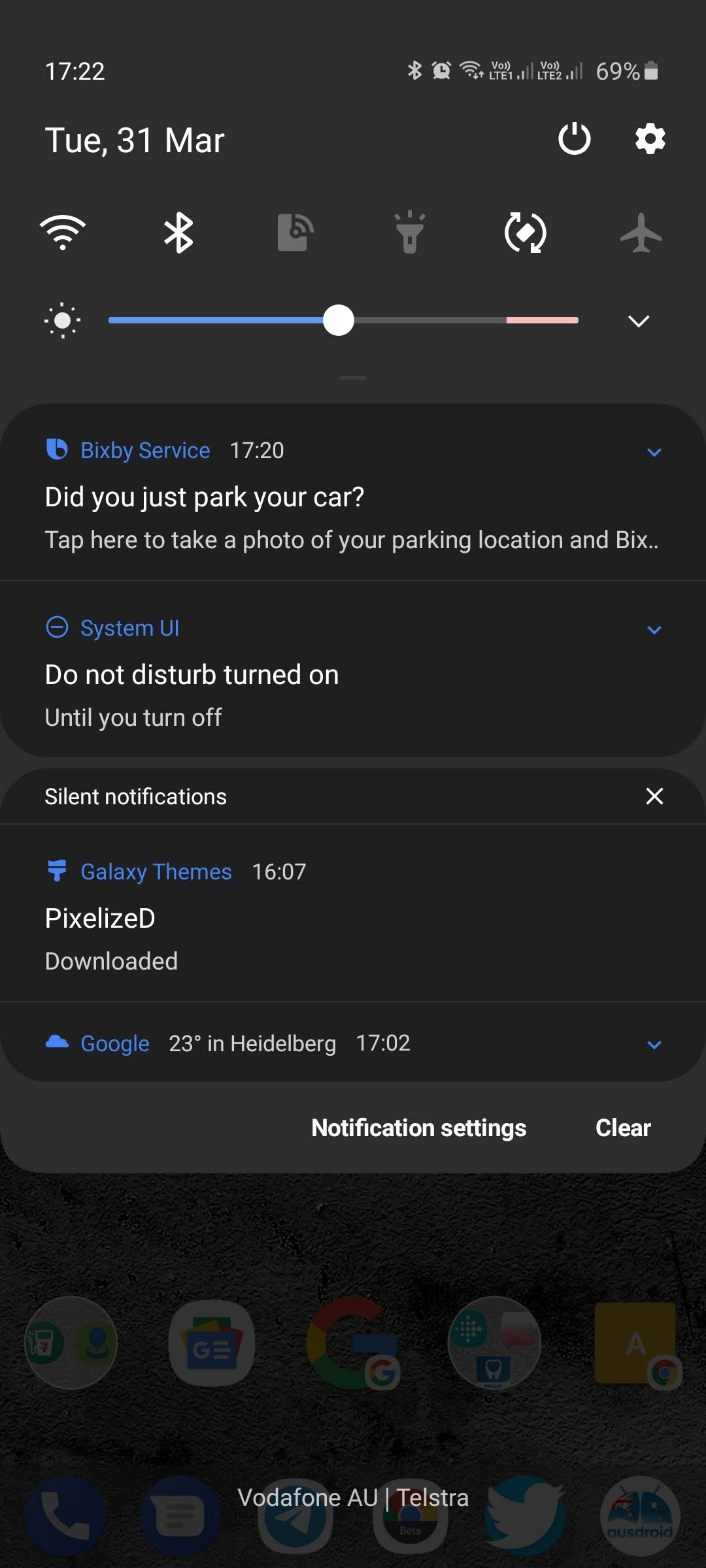
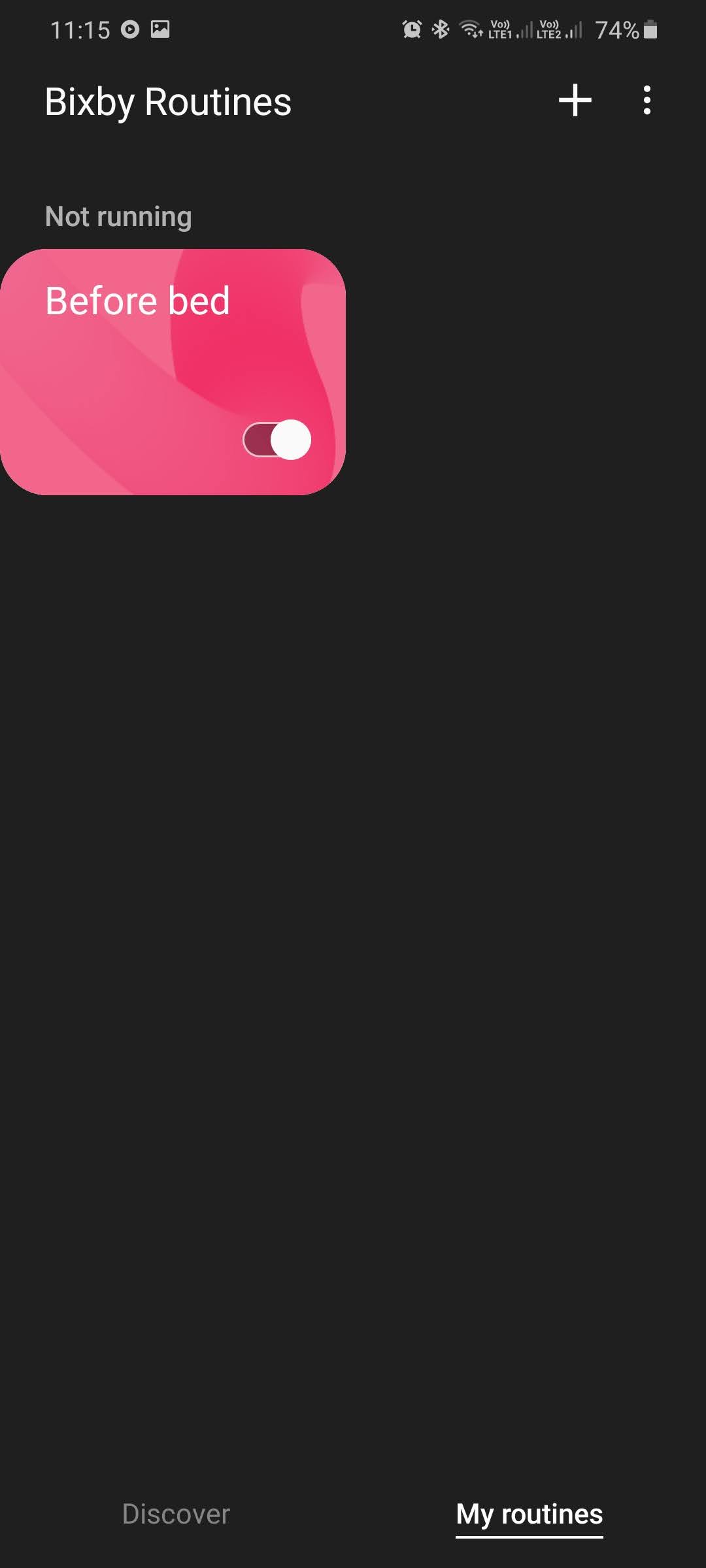
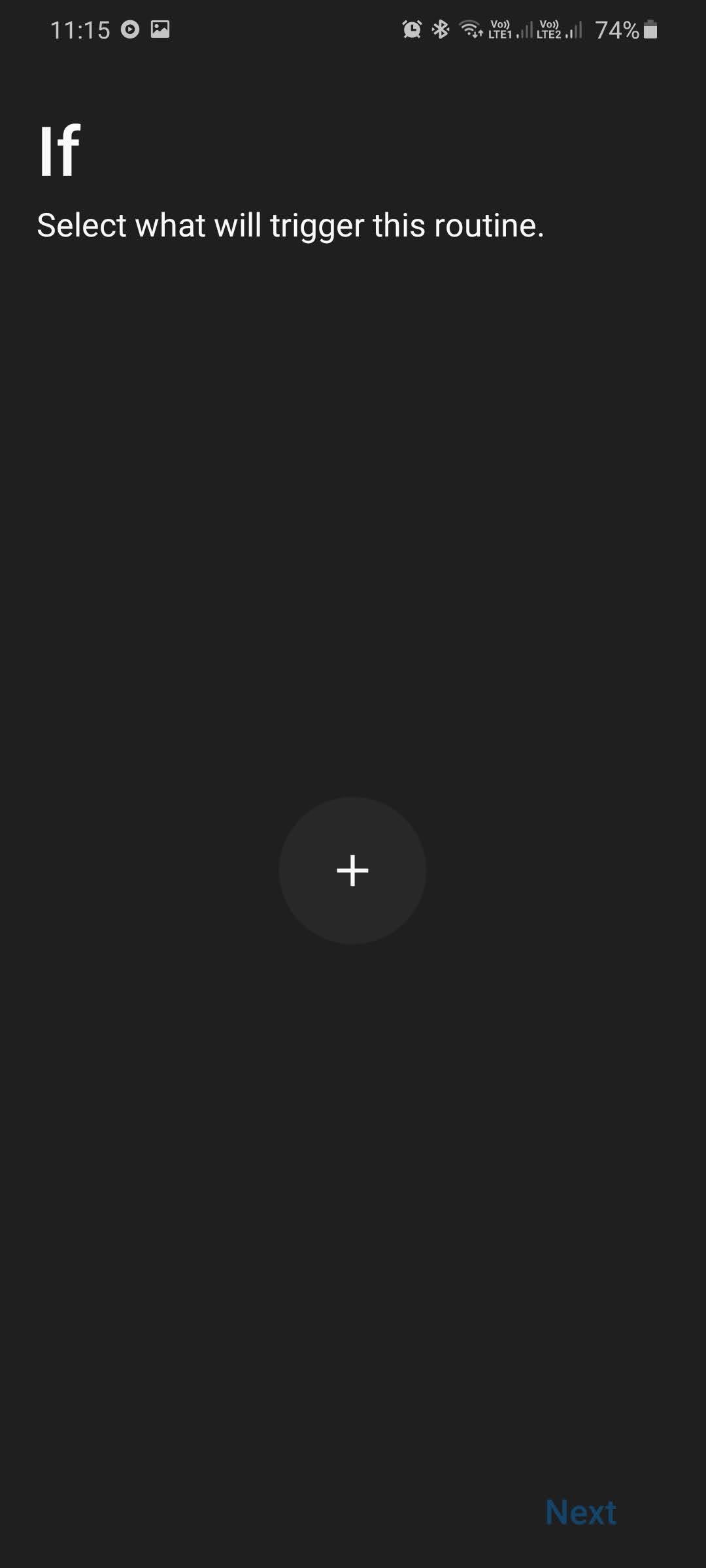






Yeah it’s crazy. One of the most common things I read in regards to software/hardware, is “Google’s software on Samsung’s hardware”. They make great phones, just fall flat on the software.
I just don’t get why they stick to their guns on this. It’s the main reason I won’t go back to Samsung, rather sticking with Pixel.
The UI is basically the reason why I won’t go back to a Samsung phone. People were praising One UI when it came out so I bought a Samsung again and didn’t like it at all, so went back to Google phones. Might not be the best specced phone, but it’s the nicest to use.
The big issues you mentioned have basically been there since or the ven before the note 8. Stuck with Samsungs inferior copies of Google apps. Limited ability to disable bixby… Also other stuff remains buggy that just works with oxygen is and native pixels… Geo smart unlock is hit and miss, mostly miss. I just wish they’d stop “value adding” and offer a native android one experience on their flagship phones. I’d pay more for it.